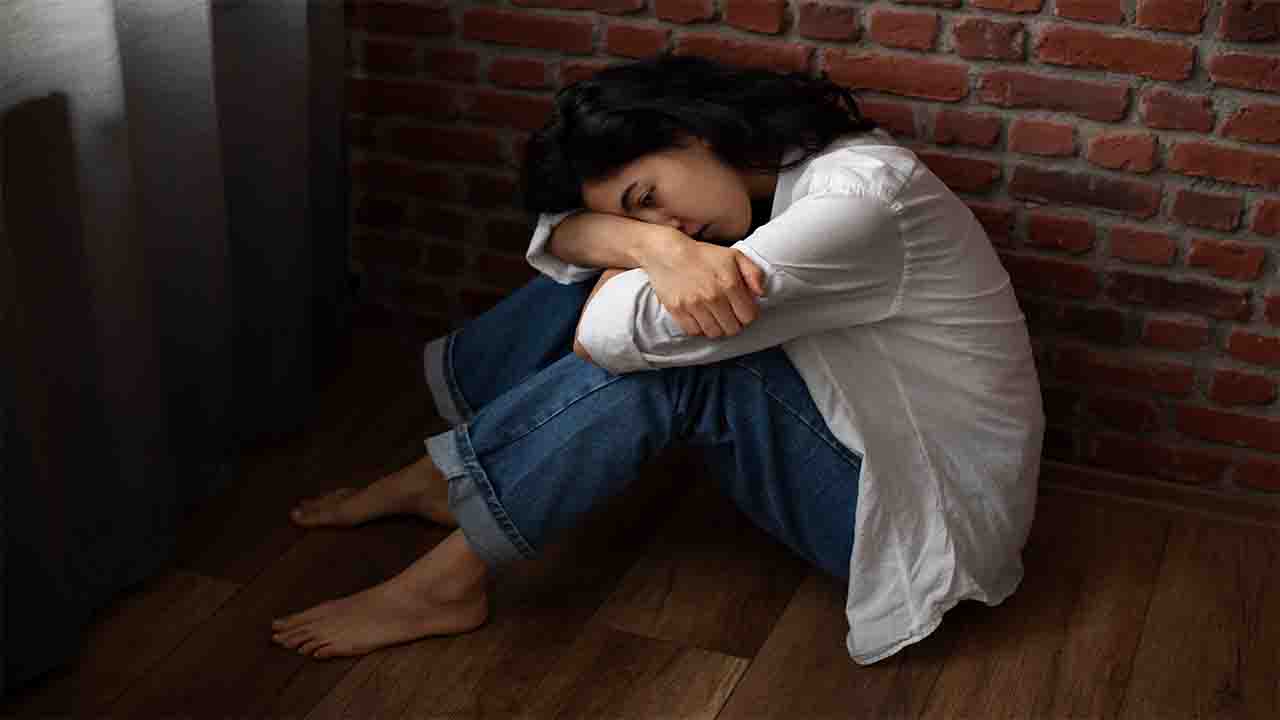In a new study issued in BMC Public Health, scientists investigate the possible bi-directional connection between social media usage and depressive indications among adolescents in India.
They used cohort information from 2015-16 (Wave 1) to 2018-19 (Wave 2) of the Understanding the Lives of Adolescents and Young Adults (UDAYA) plan survey conducted in Uttar Pradesh and Bihar for this research.
Social media enormously influences adolescents and young adults. However, there is a dangerous gap in current research on the influence of social media use on the mental health of young adolescents, which mainly comprises cross-sectional studies from Western countries.
There is a deficiency of understanding of how this trend changes over time demonstrated in developing countries, such as India, where there were 518 million social media users in 2020, a number expected to rise to ~1.5 billion by 2040.
In the current study, scientists longitudinally track variations in social media usage and its influence on the mental health of Indian adolescent boys and girls over three years.
They first measured its direct effect in between- and within-subject analyses; subsequently, they explored the bidirectional association over its developmental stages, permitting a holistic inspection of the association between social media use and depression.
The study population included younger and older adolescents aged 10-14 and 15-19, respectively. They were questioned at the baseline (Wave 1) and followed up in 2018-19 (Wave 2) when they reached the ages of 13-17 and 18-22 years, respectively, to shed light on the influences that regulate successful transitions to adulthood and create the levels, patterns, and trends in their situation.
The team assessed depressive symptoms in adolescents in the previous two weeks only using nine questions, which they appraised on a scale of four, and STATA 14 produced a total score out of 27, which assisted the team in categorizing depressive symptoms into four groups: no, mild, moderate, and severe. Similarly, they assessed the frequency and duration of social media use.
Forecaster variables measured at Wave 1 were age, gender, mother’s education, and wealth index. Variables measured at both Waves 1 and 2 were presently schooling, paid work, substance use, and social media use.
Additionally, the team used binary logistic regression to examine the connotation between depression and these variables, as well as social media use. They also conducted a longitudinal cross-lagged trial study to examine the bidirectional relationships between social media usage and depressive symptoms in adolescents.
The team applied five models to measure the bi-directional effect of social media use and psychological well-being over time. Finally, they determined the best-fitting model using several criteria, such as chi-square value, Akaike Information Criterion (AIC), comparative fit index (CFI), root mean square error of approximation (RMSEA), and Chi-square alteration testing, where, for instance, CFI of 0.95 or more, and RMSEA of 0.05 or less specified the best fitting model.
The sample size for the current study was 4,428 boys and 7,607 girls (12,035 adolescents) aged 10-19 in Wave 1 and 4,428 adolescent boys and 11,864 adolescent girls (16,292 adolescents) aged 13–23 years in Wave 2.
The study results presented that access to the internet between adolescent boys and girls amplified from Wave 1 to Wave 2 (25.3% to 70.2% and 6.6% to 38.5%), which, in turn, increased their social media usage, with a substantial variance between boys and girls (13.9 % to 57.6% and 3.8% to 26.6%).
From Wave 1 to Wave 2, a higher proportion of adolescent girls experienced mild and severe depressive symptoms, whereas mild depressive symptoms enlarged slightly among boys than girls from Wave 1 to Wave 2 (5.9% to 7.3% vs. 12.6% to 18.4%). This vulnerability of adolescent girls is attributable to the social burden they go through in the digital world.
In logistic regression analysis, age appeared as a key analyst of depressive symptoms in adolescents; adolescents aged 15-19 were twice as likely to have depressive symptoms than their younger counterparts, OR=2.762.
Education acted as a wall to depression; consequently, educated adolescents were less depressed than uneducated ones. Similarly, the richer adolescents were more likely to be depressed than their poorer counterparts.
Further, those involved in paid work and substance abuse in the previous year were 18% and 57% more likely to have depressive symptoms. Furthermore, dropping out of school was linked with an increased likelihood of depression.
Additionally, related to social media non-users, regular social media users (three or more hours daily) were more likely to be depressed.
Overall, the current study found a substantial cross-section degree of association between social media usage and depression among adolescent boys and girls in India. Influences like age, gender, and education presented significant relations with this association.
This study, therefore, highlights future studies discovering this association based on time, purpose, and type of social media used with mental health difficulties other than depression.








